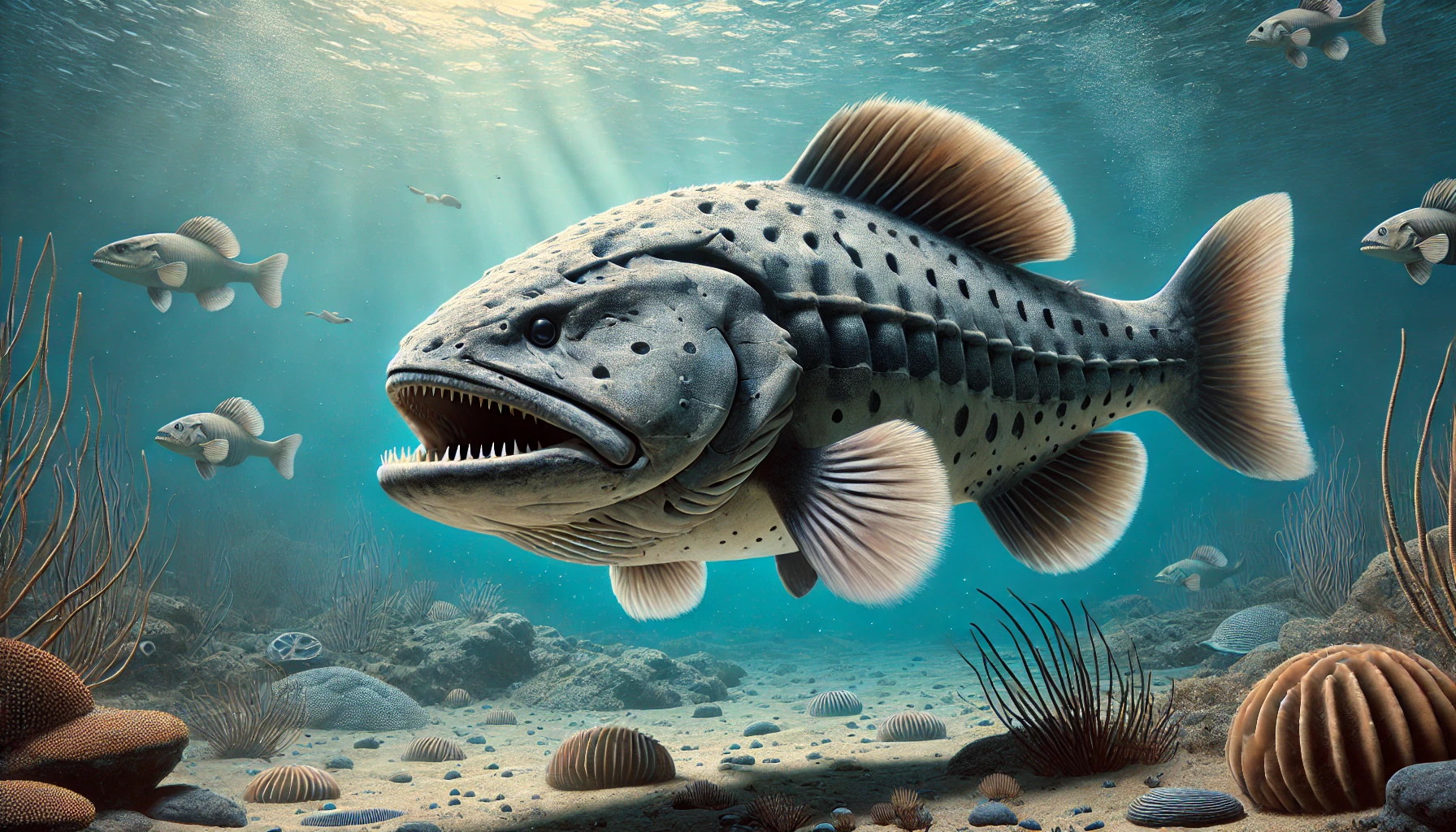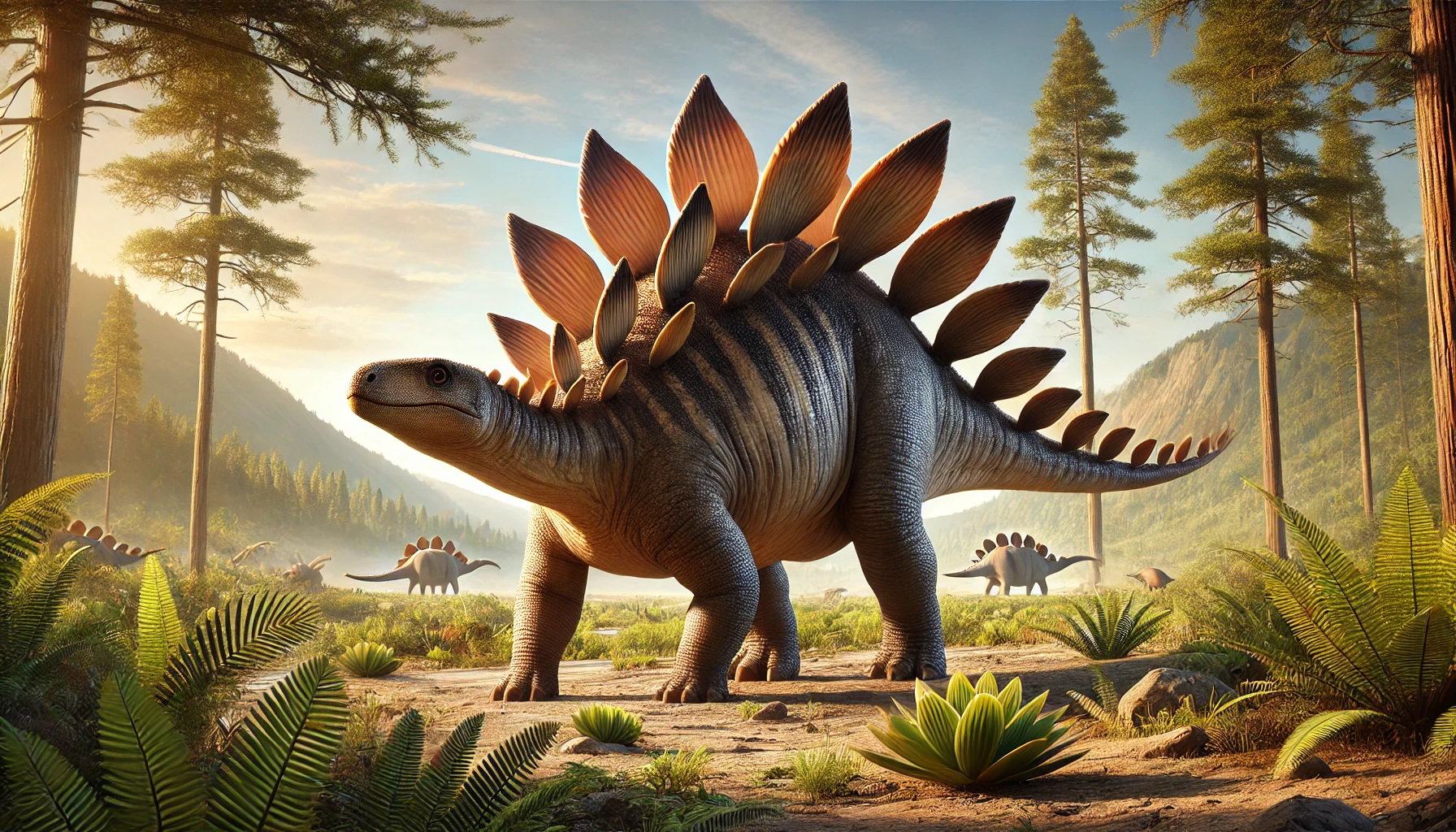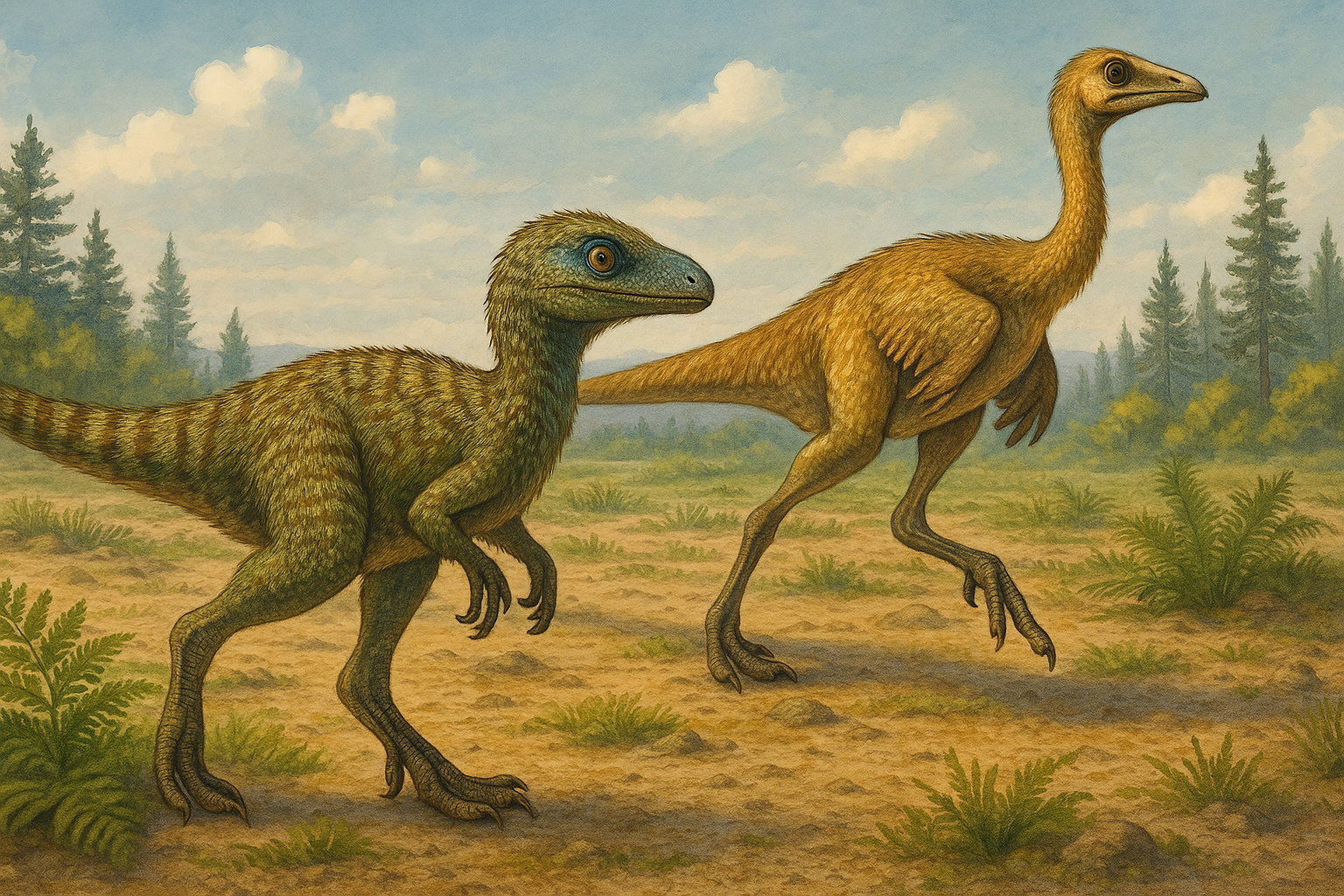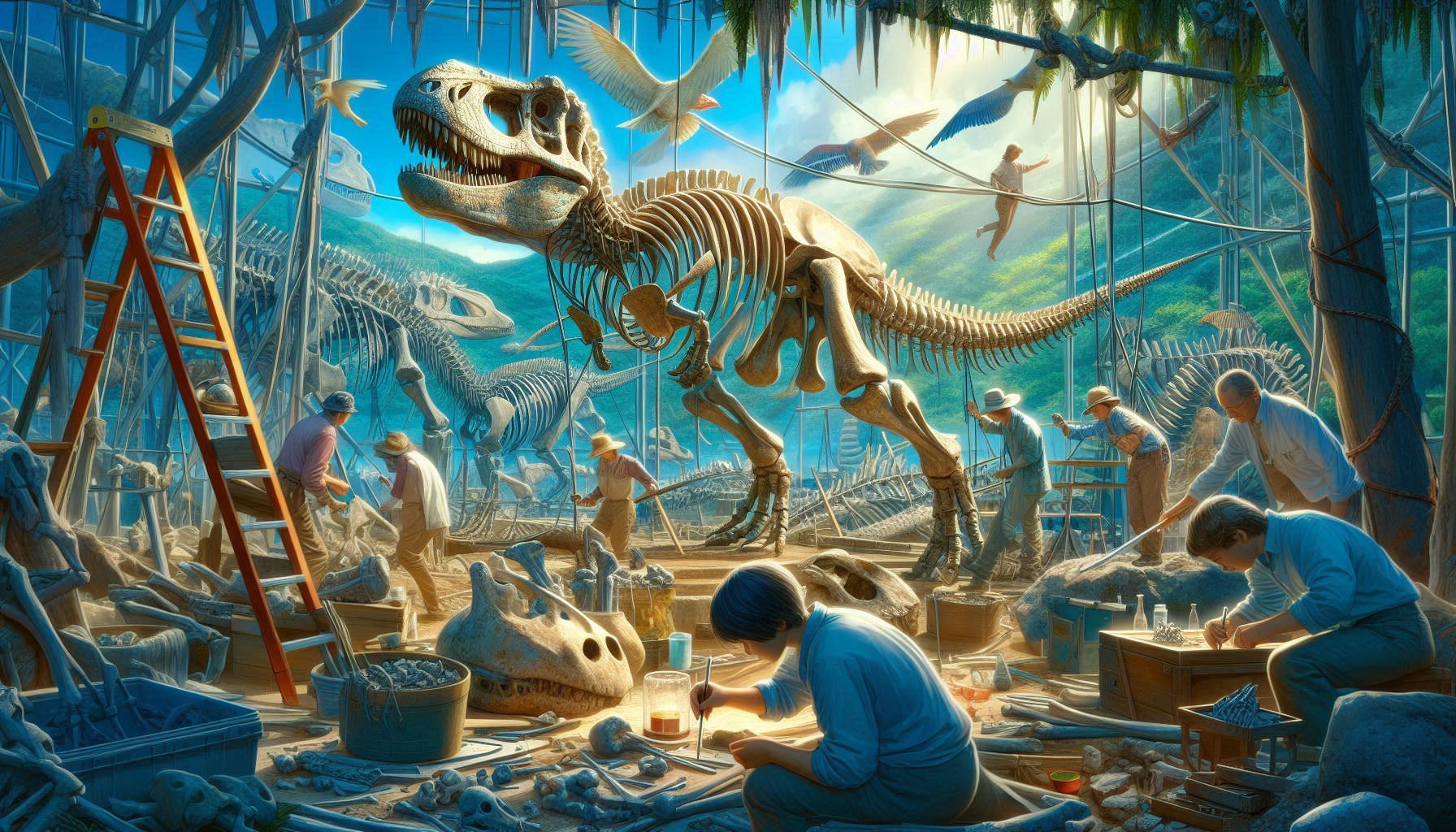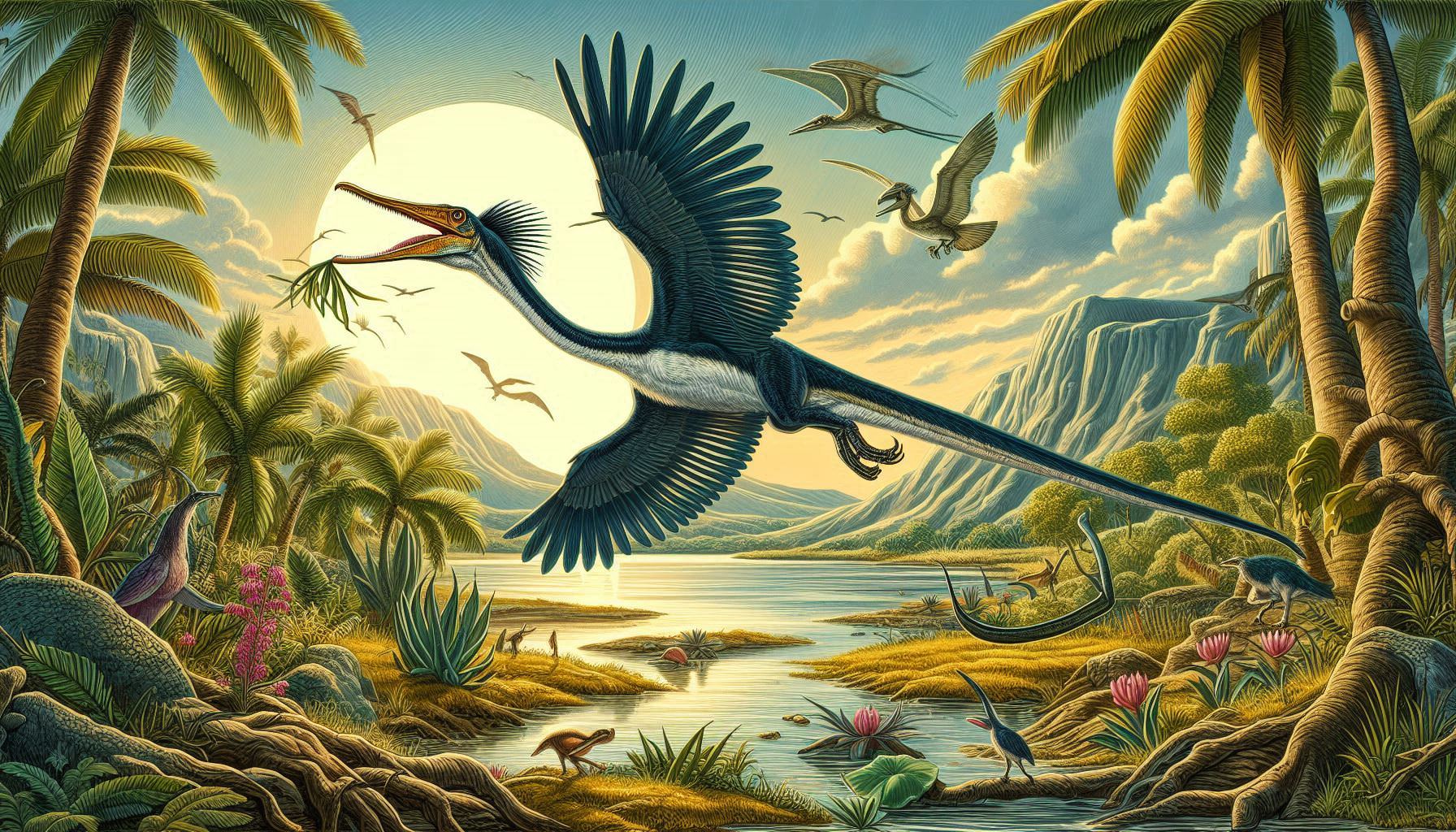Long before sharks became the ocean’s top predators, another jaw-dropping creature dominated the seas — Dunkleosteus. With armor-plated jaws and a bite strong enough to crush bone, it was one of the most fearsome fish ever to live.
But here’s the twist: Dunkleosteus wasn’t a shark. It wasn’t even a modern-looking fish. It belonged to a group so ancient, they swam Earth’s waters over 350 million years ago, when plants first started growing tall on land and bugs were the size of birds.
Let’s dive into the world of this prehistoric sea titan.
- 🧬 What Is a Dunkleosteus?
- 🧠 A Bite You Wouldn’t Want to Meet
- 🦴 Fossils, Discovery & Scientific Name
- 🌊 When and Where Did Dunkleosteus Live?
- 🤯 Why It Was So Unique
- 🔬 Why Did Dunkleosteus Go Extinct?
- 🧪 Fun Facts About Dunkleosteus
- ❓FAQ
- What was Dunkleosteus
- How big was Dunkleosteus
- What did Dunkleosteus eat
- Did Dunkleosteus have teeth
- When did Dunkleosteus go extinct
- 🌟 Final Thoughts
🧬 What Is a Dunkleosteus?
Dunkleosteus (pronounced DUNK-leh-OST-ee-us) was a placoderm — a now-extinct group of armored fishes that lived during the Devonian period, also known as the “Age of Fishes”.
It wasn’t just any fish. Dunkleosteus was among the largest predators of its time. Some specimens are estimated to reach up to 10 meters (33 feet) in length — roughly the size of a bus.
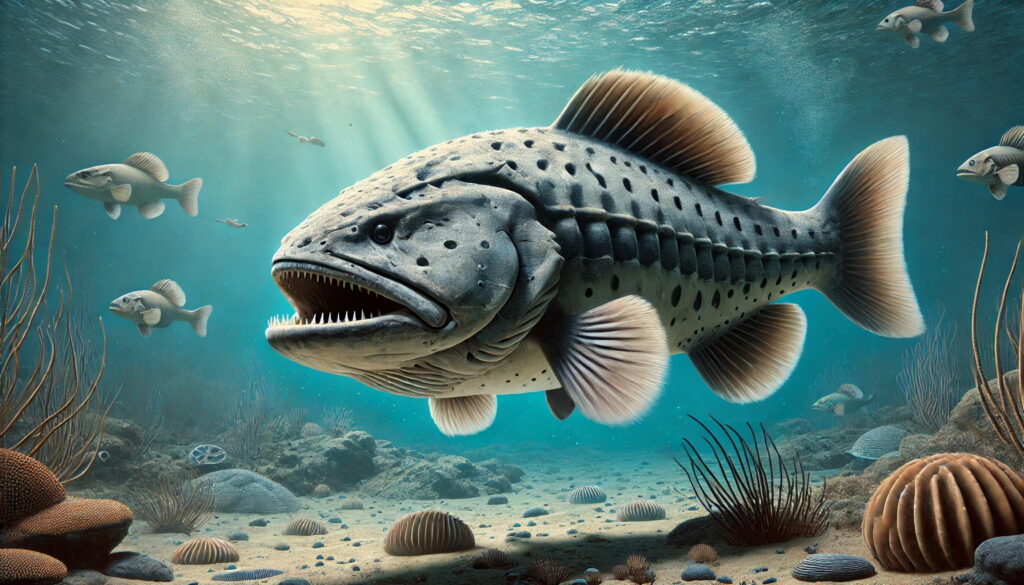
Its body was mostly cartilage and soft tissue, but its head and jaw were covered in thick bony plates, like medieval armor. Unlike modern fish with teeth, Dunkleosteus had sharp, bony jaw-plates that functioned like blades — slicing through flesh and crushing shells with terrifying force.
🧠 A Bite You Wouldn’t Want to Meet
Dunkleosteus had one of the most powerful bites in the history of fish. Based on fossil reconstructions, scientists estimate it could generate up to 8,000 pounds (3,600 kg) of bite force per square inch.
To put that in perspective, that’s stronger than:
- A modern great white shark
- A lion or tiger
- Even some small dinosaurs
Its jaws were also incredibly fast. It could open and close its mouth in just 1/50th of a second, creating a suction that pulled prey in — and then crushed it.
This made Dunkleosteus the apex predator of its ecosystem, able to eat anything it wanted, from other armored fish to soft-bodied animals like early squids.
🦴 Fossils, Discovery & Scientific Name
The first fossils of Dunkleosteus were found in the late 19th century in Ohio, part of the ancient seabed known as the Cleveland Shale.
It was named in 1956 by paleontologist David Dunkle, a curator at the Cleveland Museum of Natural History. The name Dunkleosteus means “Dunkle’s bone” — a nod to both its discoverer and its bony headplates.
Today, many of the best-preserved fossils are displayed in museums across North America, especially in Ohio, Pennsylvania, and Morocco, where Devonian-age rocks are abundant.
🌊 When and Where Did Dunkleosteus Live?
Dunkleosteus lived about 358 to 382 million years ago, during the Late Devonian period. At that time, much of the land we know today was underwater, and the continents were still drifting into place.
Instead of fish as we know them, the seas were full of armored placoderms, early sharks, and odd invertebrates. Dunkleosteus was the top predator in this watery world — an ecological role similar to what orcas or great white sharks hold today.
Its remains have been found in regions that were once shallow tropical seas, indicating it likely lived near reefs and coastal areas, hunting anything that crossed its path.
🤯 Why It Was So Unique
Besides its massive size and brutal bite, Dunkleosteus had some other fascinating features:
• No teeth — only self-sharpening bone blades
• Armored head, soft body — fossils only preserve the front half
• Jaw joints allowed complex movement — unusual for its time
• Fast strike mechanics — combining power and speed, like a high-speed guillotine
And most notably, Dunkleosteus appeared millions of years before many of the marine predators we associate with power today.
🔬 Why Did Dunkleosteus Go Extinct?
It’s unclear exactly why Dunkleosteus disappeared, but it likely vanished during the Late Devonian extinction, one of Earth’s five major mass extinctions. Over 75% of marine species were wiped out during this period, including almost all placoderms.
The decline of coral reefs, changes in sea levels, and possibly a lack of oxygen in the oceans may have contributed. After its extinction, other predators like early sharks began to rise.
🧪 Fun Facts About Dunkleosteus
• It may have replaced its jaw bones like modern sharks replace teeth
• Its head made up almost 30% of its entire body length
• Some fossils show signs of cannibalism — it may have hunted its own kind
• It had no close modern relatives — placoderms are all extinct
• Its mouth structure helped inspire animations in Walking with Monsters and Prehistoric Predators
❓FAQ
What was Dunkleosteus
Dunkleosteus was a massive, armored fish that lived during the Late Devonian period. It was one of the largest and most powerful predators of its time.
How big was Dunkleosteus
It could grow up to 10 meters (33 feet) in length and weigh nearly 4 tons.
What did Dunkleosteus eat
It ate other fish, invertebrates, and possibly even other Dunkleosteus, using its sharp bony plates to slice and crush prey.
Did Dunkleosteus have teeth
No, it didn’t have teeth in the modern sense — instead, it had sharp bony jaw-plates that functioned like self-sharpening blades.
When did Dunkleosteus go extinct
Dunkleosteus went extinct around 358 million years ago during the Late Devonian mass extinction event.
🌟 Final Thoughts
Dunkleosteus was a marine powerhouse — a bony-jawed legend from the Age of Fishes that ruled the ancient oceans long before sharks or reptiles took center stage. Though it vanished hundreds of millions of years ago, its fossils continue to fascinate scientists and spark imaginations.
Whether you’re a paleontology enthusiast, a curious student, or someone who just loves weird prehistoric beasts, Dunkleosteus proves that sometimes, the coolest monsters are the ones that were actually real.
# prehistoric fish
# placoderm predator
# ancient ocean creatures
# Devonian period animals
# extinct armored fish
# Dunkleosteus bite force
# fossil fish
# top predators of ancient seas
# bony fish evolution
# armored jawed fish
# Dunkleosteus size comparison

